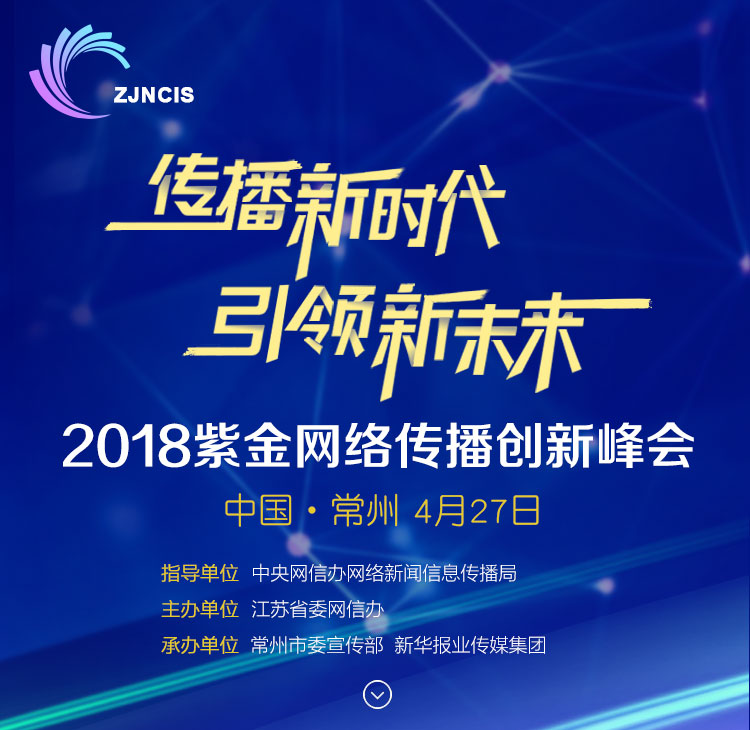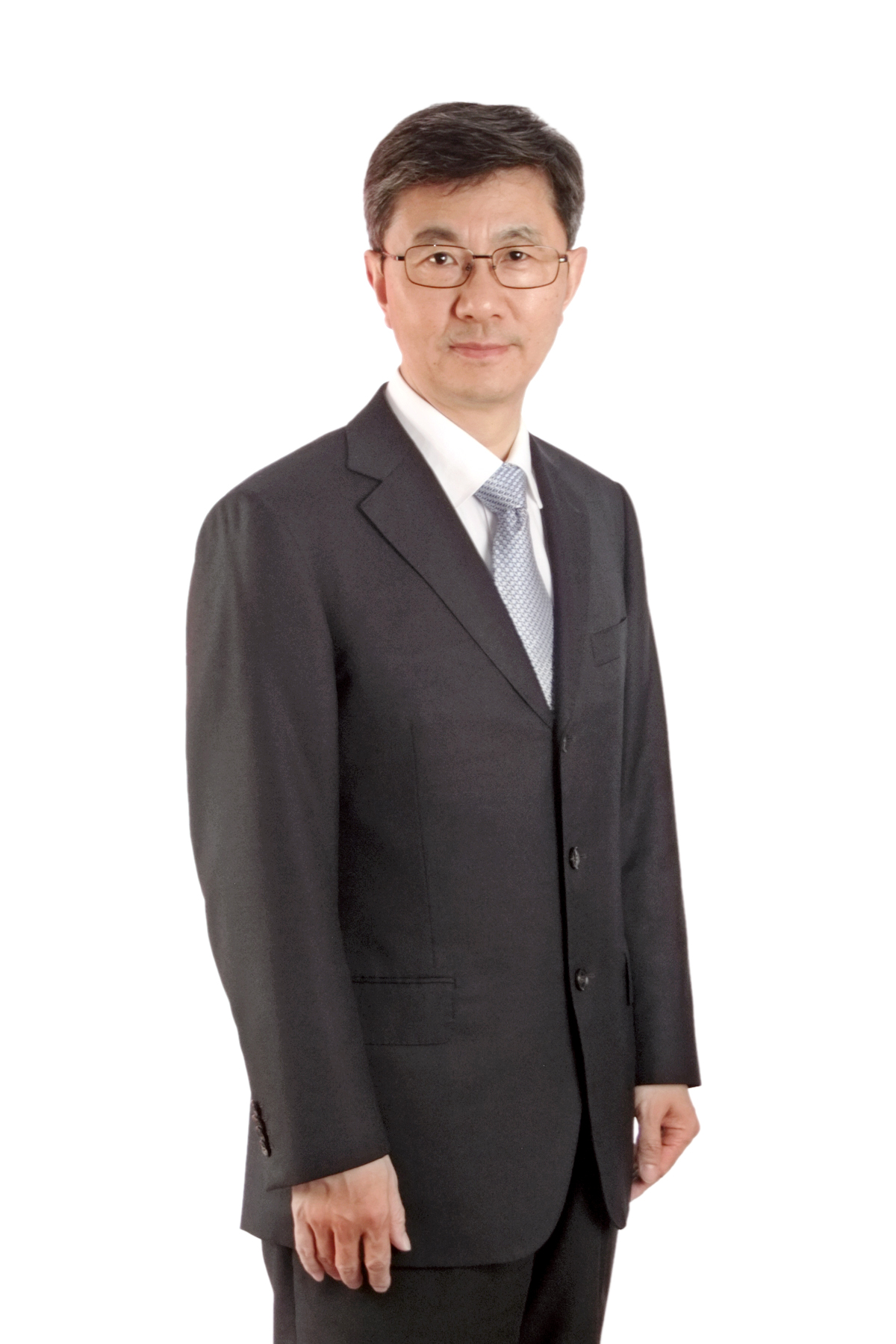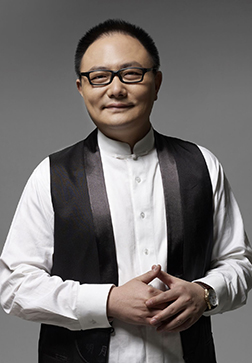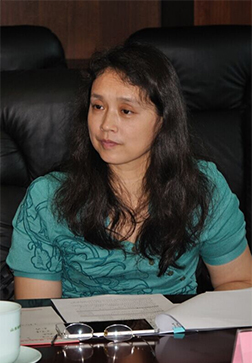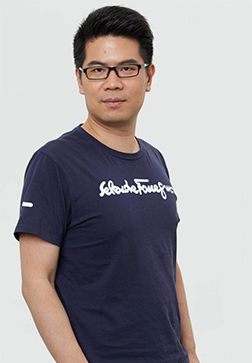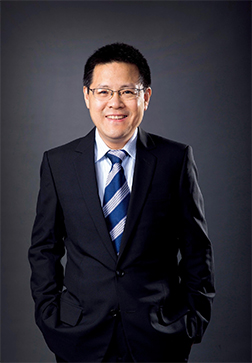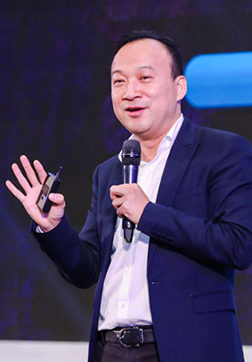
Media and communication elites in China gathered in Changzhou City on April 27 for the Zijin Network Communication Innovation Summit that focused on innovative communication and media development.
Guided by the Internet News and Information Communication Department of Cyberspace Administration of China, the summit was organized by the administration’s Jiangsu office in cooperation with the Publicity Department of the CPC Changzhou Committee and Xinhua Daily Media Group.
Professionals from domestic mainstream media outlets and those working in new media shared their ideas on content production, communication innovation and technical changes.

Ding Wei, director of the new media center at the People’s Daily, elaborated five development trends in the communication landscape driven by the technology -- media going all the way to mobile internet, competition to win users shifting from rough methods in the past to usertime span and loyalty, priority returning to content and increasing demand for high-quality content as well as AI concepts that are actually put into practice and more robust cyberspace administration.
Facing the trends, he suggested that media in the future can develop in four directions -- building a platform through content aggregation and recreation, visualization through the use of graphics, images, short videos and live streaming, heavy reliance on social media and interaction, and becoming intelligent using approaches such as voice conversion. Ding also said the media’s growth really depends on quality content no matter how technology changes.
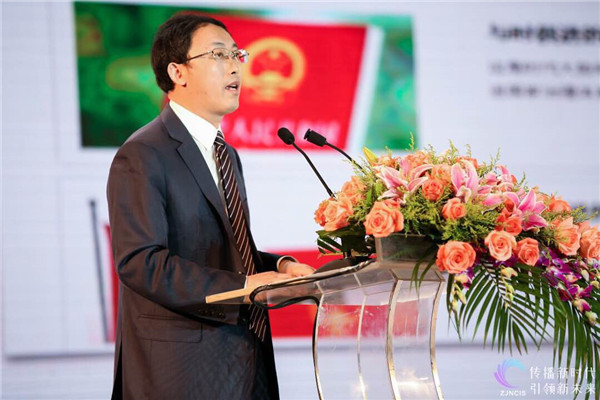
Guo Bensheng, editor-in-chief of the online portal of Xinhua News Agency, also reiterated the importance of content, regarding content as vehicles on the information highway, on which without quality content, the highway would have no value.
Guo also said the basic requirements of netizens for communication in the Internet era are comprised of rich media forms, interaction and the possibility to spread. Mainstream online media outlets need to insist on innovation, boost the communication power and attraction of news reporting, conquer the high ground with a full consideration of netizens’ needs featuring the use of mobile Internet, information fragmentation, visualization and knowledge-orientated reading.
For mainstream online media in the new era, the key to developing the constant attention of targeted people is to be audience-orientated, accurately understand their requirements, follow the law behind communication and actively interact with them.
Media integration is a revolution in communication, a reshuffle of the media landscape and a historical opportunity. Traditional mainstream media are duty-bound to seize the opportunity, promote innovative growth, and create a new situation for news communication and guiding public opinion.
Media insiders of Jiangsu province also shared their own practice in exploring the communication innovation.

Shuang Chuanxue, president and editor-in-chief of Xinhua Daily, shared the integrated development of the Xinhua Daily Media Group from four perspectives.
Artificial intelligence and wisdom – as AI is redefining every part of communication, the future media needs to be AI-empowered but also be smart enough to embrace ideas, feelings and values. Amid the efforts to apply new technology and explore revolutionary communication methods, Xinhua Daily always holds fast to the philosophy “Content is the King” as it refines the organizational structure, and enables journalists to also sharpen their research abilities.
Theory and public opinion – the Party’s newspaper is both a form of media to spread information and a platform for theoretical innovation. Xinhua Daily has formed a tradition to be innovative in reporting all big stories, with an integration of print and Internet versions via multiple reporting ways.
Innovation – an innovative working mechanism inspires innovative content creation. The competition in media relies on talents so news reporting becomes more attractive only when reporters walk out of their comfort zones, try their hands with drone, and make use of short videos, live-streaming and new technologies like VR.
Content and platform – in creating an ecosystem that integrates quality content, new media and new technology are the top priorities in traditional mainstream media.
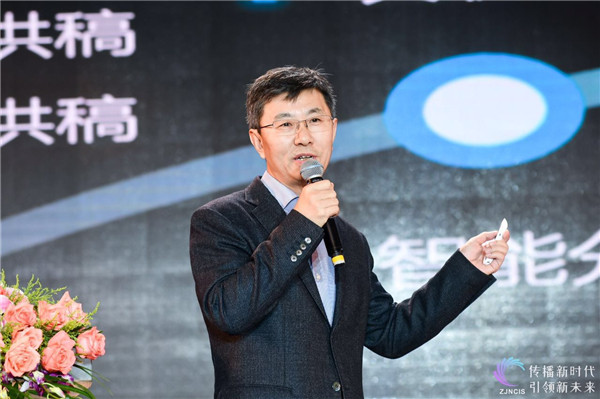
Bu Yu, president of Jiangsu Broadcasting Corp. (JSBC), talked about traditional TV networks making use of the Internet communication from three angles.
For integration and innovation, JSBC has created a cloud platform that includes six functions -- content aggregation, intelligent analysis, planning, integration and production, publication in multiple channels and cooperation. The platform works as the basic foundation to realize communication and innovation in the Internet world. After gathering the information, the platform performs analyses by looking at the news value or potential public influences for well-informed decision-making.
Netizens born in the 1980s and 1990s are the main players in JSBC’s content creation. The JSBC’s new media department has about 200 people with an average age of 26, which ensures the possibility for numerous creative ideas.
To keep the young employees from leaving, JSBC has been trying to make sure they gain the sense of progress and also have job-training chances so they can enhance their self-value. Meanwhile, they become more attached to the project. For young employees, it’s also necessary to respect their individuality and tolerate the diversity, he said.
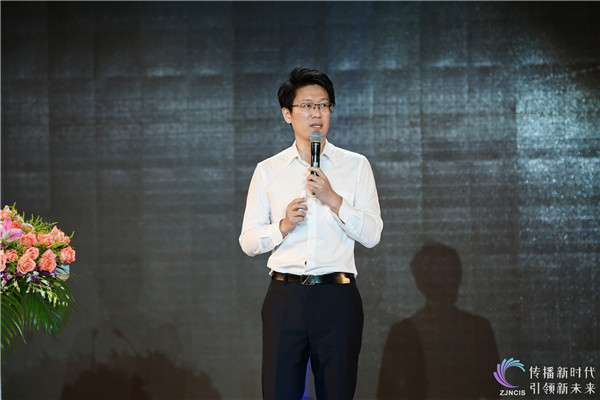
Liu Kang, deputy director of Tencent’s AI project, shared opinions on application of media production and innovative communication.
He explained that now AI technology has penetrated into all walks of life and the media is no exception. For example, news reporting involving Big Data is already relatively mature in the fields of finance and sports. By using the writing robots, real-time coverage of football and basketball matches can be completed in less than a second. Another example is the reprocessing of text that continues to update in conferences. Through AI, the key points of the guests' speeches can be summarized and sorted in the order of importance. Then, logics-centered algorithms can help write a reasonable transcript that reads like a piece of human writing.
In addition, AI is widely applied in information interaction, sensor reporting, short video making, and even literary and innovative creation.
But at the same time, he emphasized that people behind the algorithm and artificial intelligence are the main body of innovation, noting that always putting people first is the foundation of various algorithms, programs, and artificial intelligence. AI is essentially a tool, he said, so content production and media dissemination should deploy AI as to assist and help improve work efficiency.
